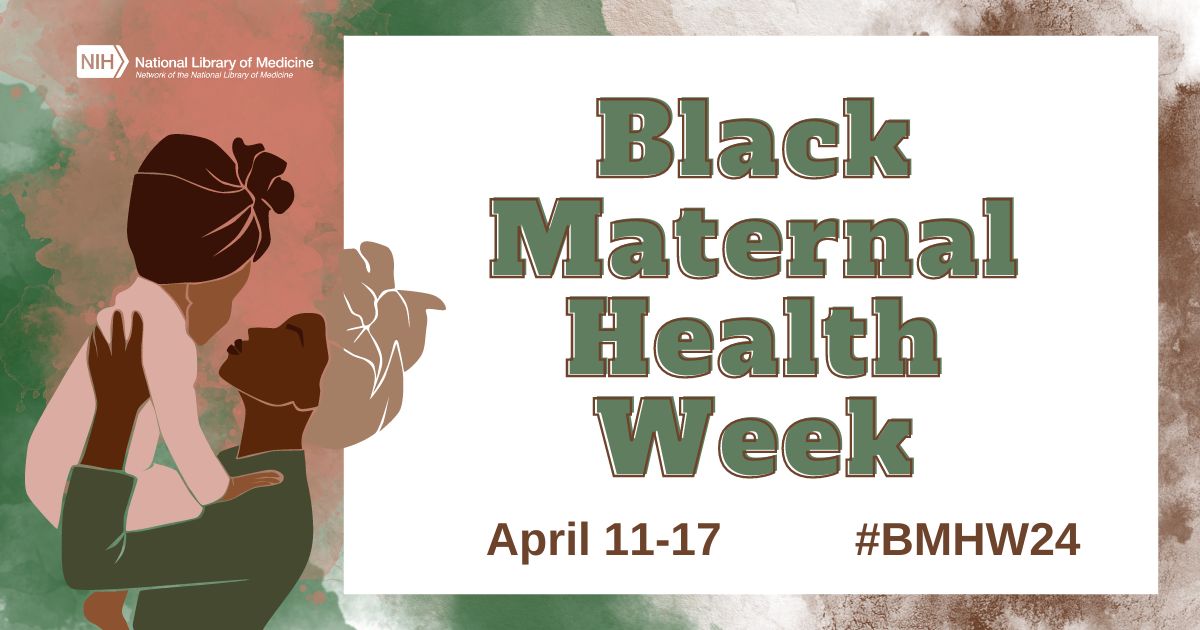Appreciative Inquiry – Part 2

In my last post (Appreciative Inquiry: Identifying Your Library’s Existing Strengths) I described the first two phases of Appreciative Inquiry’s 4-D process: Discovery and Dream. This piece will explain the final two stages – Design and Destiny.
A very brief synopsis of what we’ve covered so far: Appreciative Inquiry is an approach to organizational change that builds on existing strengths. It begins by identifying the positive core (Discovery phase) and imagining the organization’s future when its strengths have been optimized (Dream phase). Now that a collective vision is in place, the next step is to translate the dream into actionable measures.
Design: What should be?
According to Cooperrider, Whitney, and Stavros, “In the Design phase, attention turns to creating the ideal organization so that it might achieve its dream”[i]. This stage aspires to transform the organization’s social architecture by generating 3-5 provocative propositions that guide the change effort.
Let’s pause here for a second. I just dropped two terms that require explanation. Time to raid the glossary of the Appreciative Inquiry Handbook for Leaders of Change… Social architecture: “addresses the design elements critical to an organization to support the positive core”[ii]. Not super helpful. Provocative propositions: “statements that bridge the best of ‘what is’ with an organization’s vision of ‘what might be’”[iii]. Um, okay…
We could get bogged down in ambiguous definitions (the creators of Appreciative Inquiry can’t seem to resist them). Instead, I’ll try my hand at an oversimplified but mentally graspable rendition: the Design phase rethinks how things are currently done (the reigning social architecture) in relation to the ideal Dream state (as written in provocative propositions).
Perhaps a library-relevant example can clear things up even further:
Anywhere Public Library (APL) prides itself as a community gathering point. Its building has several areas well-suited to public meetings and group activities. Though these spaces get quite a bit of use, members of the Change Action Team (CAT) would like to maximize their potential. To make their dream tangible, they composed the following provocative proposition:
Anywhere Public Library is a hub in its community. Residents gather at APL because of its inviting atmosphere, friendly staff, ample meeting space, and clean facilities. APL hosts engaging and entertaining programs that appeal to local groups and interests. Community members are welcome to plan events at APL with the help of our dedicated team.
In composing their provocative proposition, APL’s CAT subtly characterized a social architecture that may not have been linked to the library as place, such as: inviting atmosphere, friendly staff, clean facilities, engaging and entertaining programs, etc. Now that these elements are coupled, all can be addressed in light of their impact on patron visits.
Destiny: What will be?
Consider Anywhere Public Library’s provocative proposition again. It sounds reasonable, right? In fact, you could say it reflects the organization when it is at its best. That should be easy to accomplish, yes?
Therein lies the magic of Appreciative Inquiry: it ultimately makes accomplishing an ideal state seem like a piece of cake. After going through the first three steps, the primary task of the Destiny phase is to simply let change take its course. “By this stage in the process, because of the shared positive image of the future, everyone is invited to align his or her interactions in cocreating the future”[iv]. The goal is not so lofty as to be unreachable, thereby motivating staff to achieve it. It does not aim at low-hanging fruit, either, so changes still feel meaningful and boost confidence.
Success in these endeavors breathes life and energy into the organization, building momentum as the 4-D Cycle revolves back around to the Discovery phase. The process continues over time as the organization builds upon its gains and approaches its dynamic ideal state.
[i] David Cooperrider, Diana Whitney and Jacqueline M. Stavros, Appreciative Inquiry Handbook for Leaders of Change (Brunswick, OH: Crown Custom Publishing; San Francisco, CA: Berrett-Koehler Publishers: 2008), 162.
[ii] David Cooperrider, Diana Whitney and Jacqueline M. Stavros, Appreciative Inquiry Handbook for Leaders of Change (Brunswick, OH: Crown Custom Publishing; San Francisco, CA: Berrett-Koehler Publishers: 2008), 438.
[iii] David Cooperrider, Diana Whitney and Jacqueline M. Stavros, Appreciative Inquiry Handbook for Leaders of Change (Brunswick, OH: Crown Custom Publishing; San Francisco, CA: Berrett-Koehler Publishers: 2008), 437.
[iv] David Cooperrider, Diana Whitney and Jacqueline M. Stavros, Appreciative Inquiry Handbook for Leaders of Change (Brunswick, OH: Crown Custom Publishing; San Francisco, CA: Berrett-Koehler Publishers: 2008), 46-47.
Tags: strategic planning








